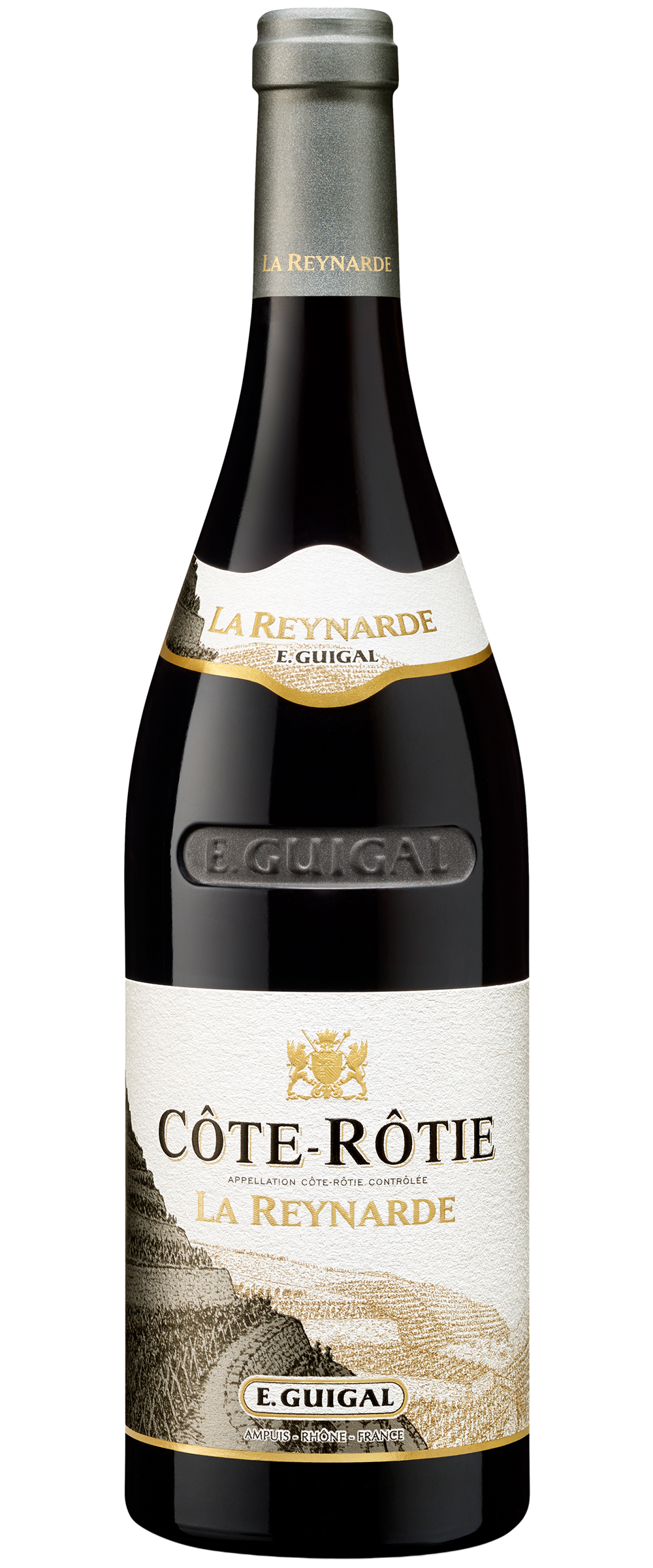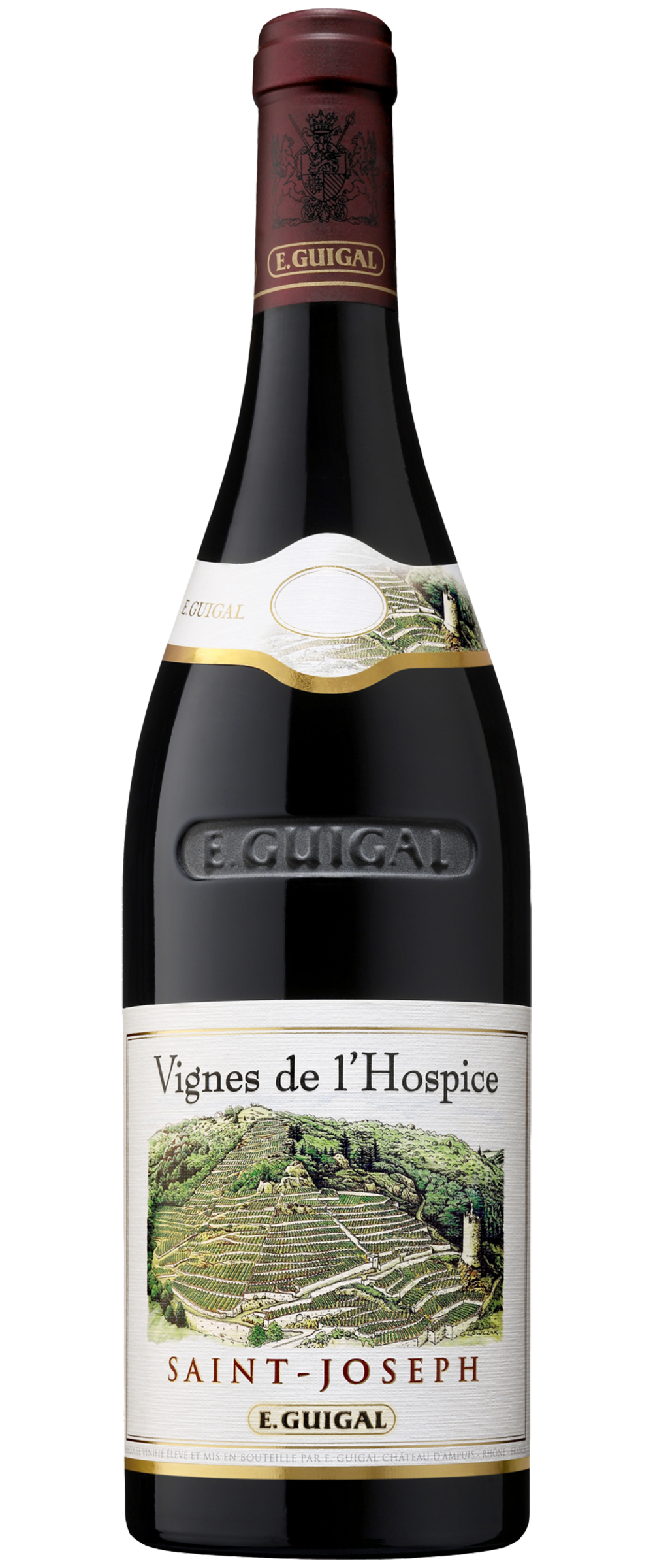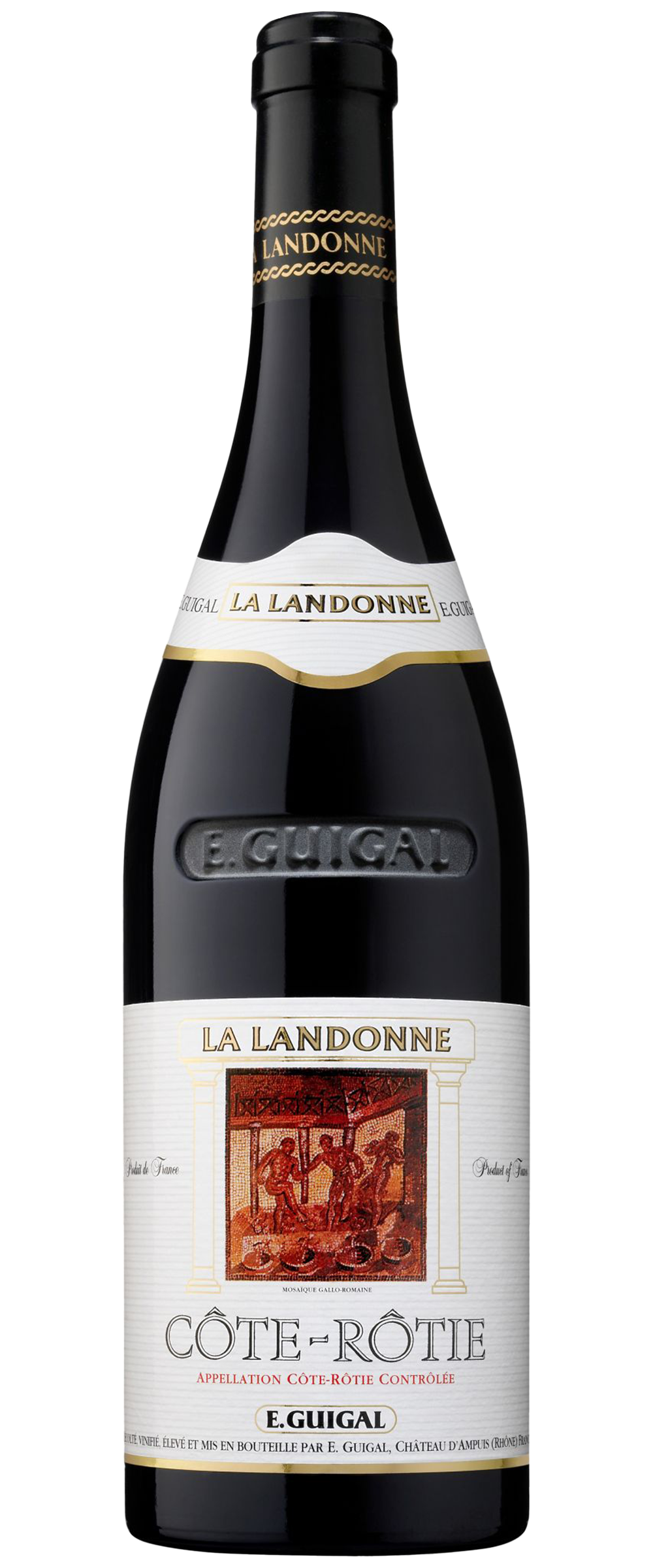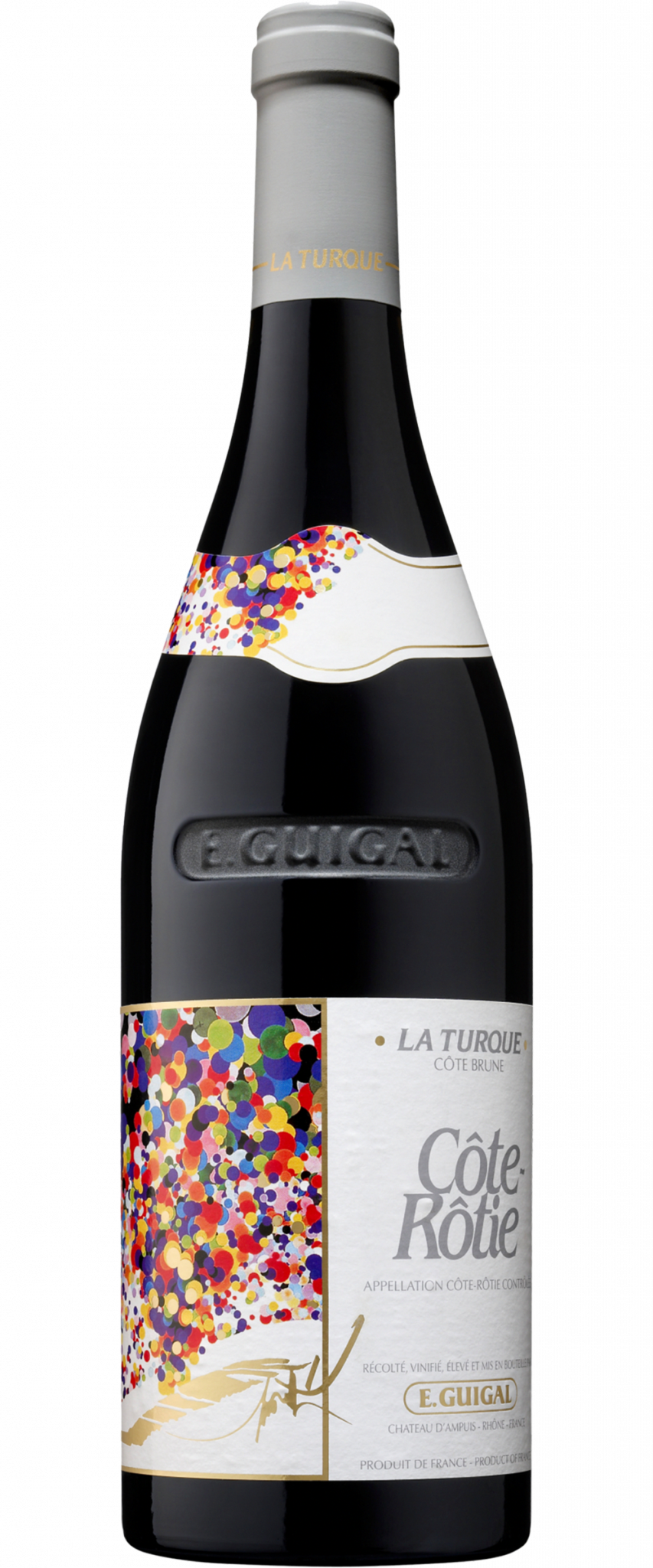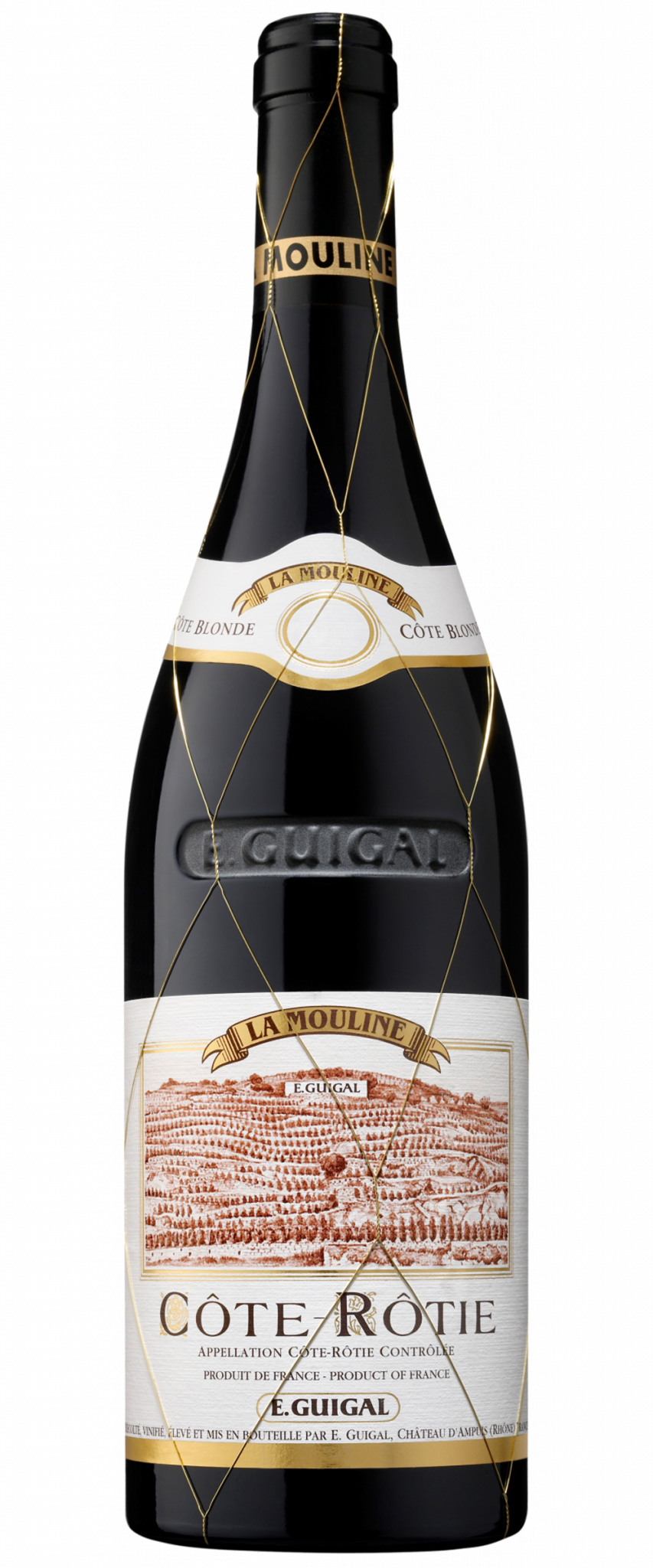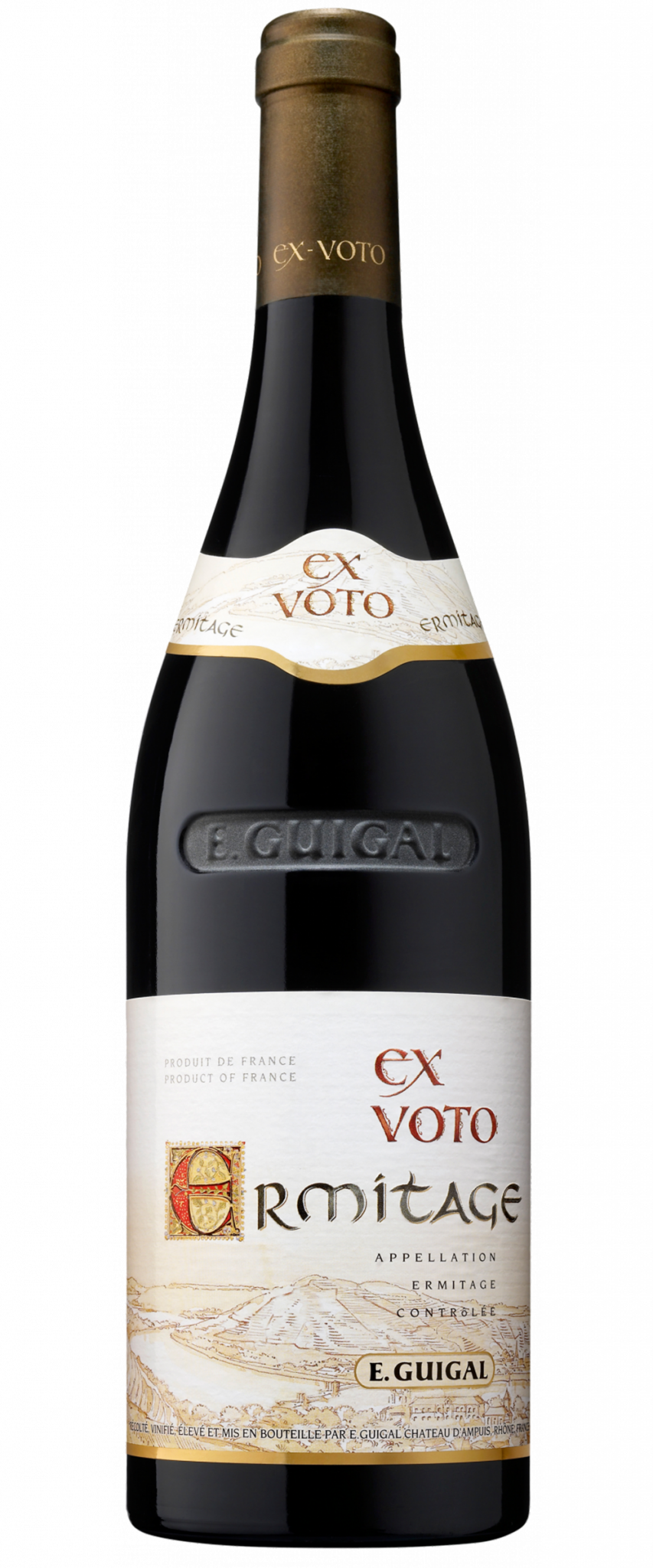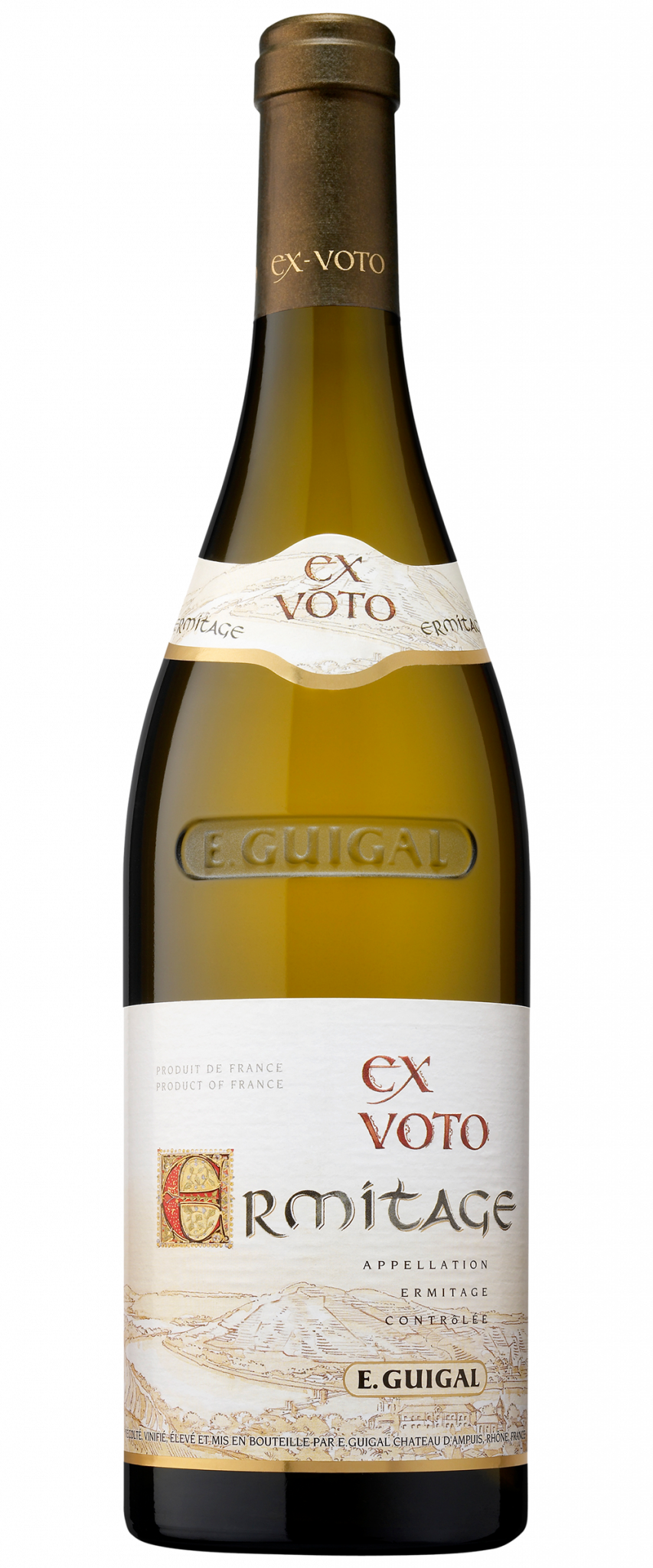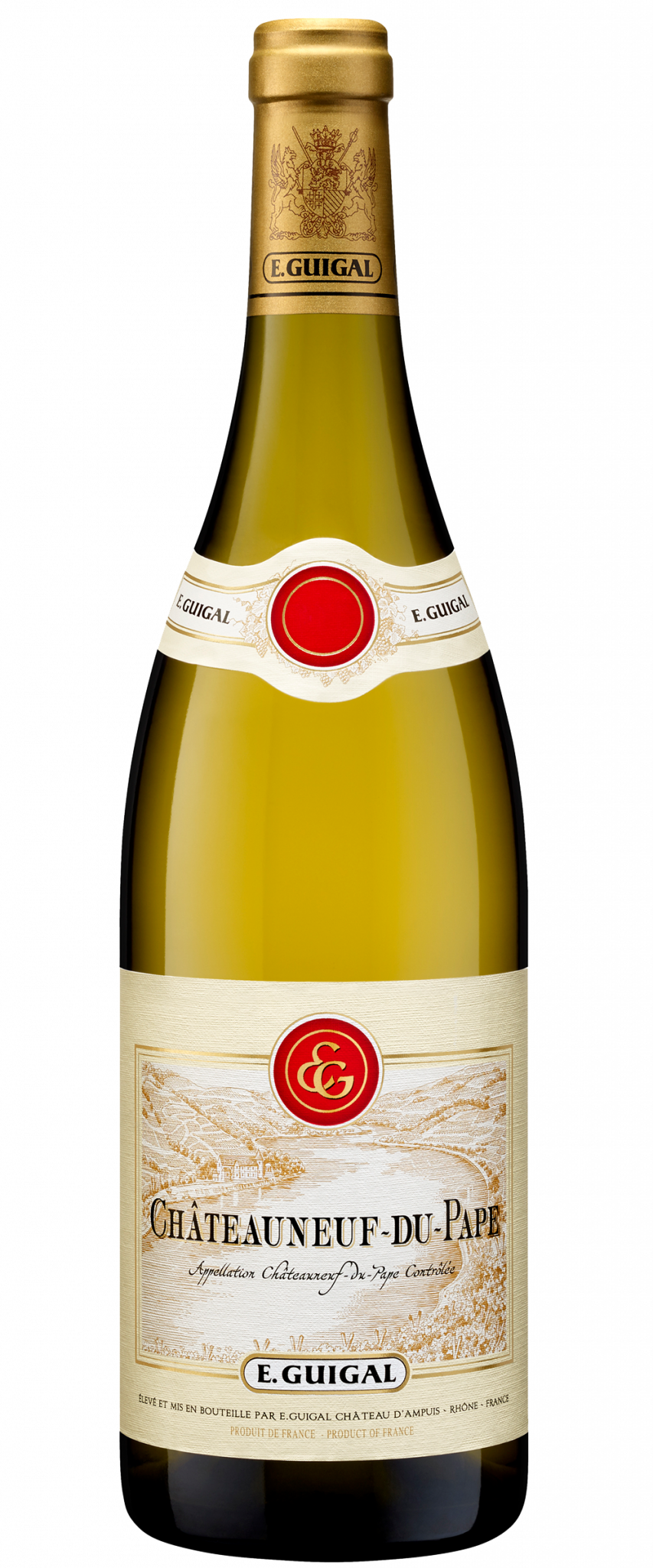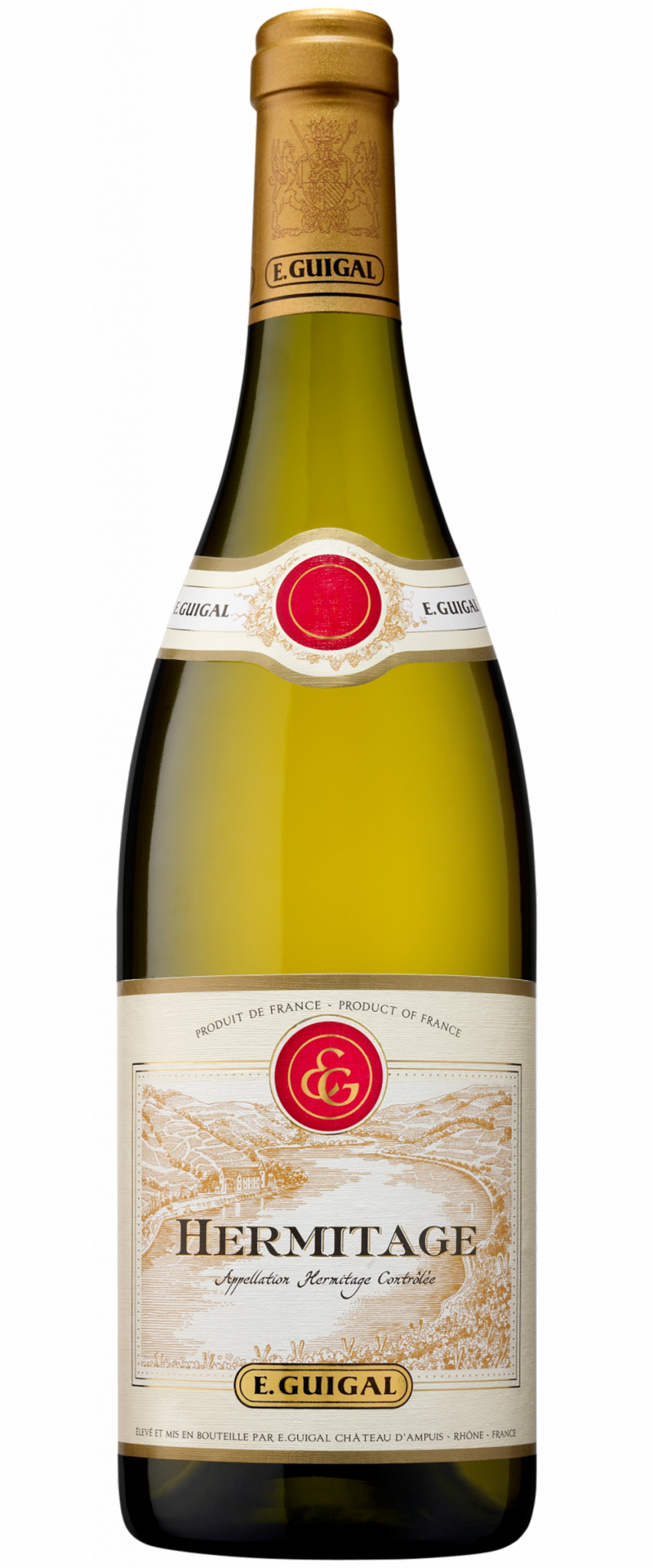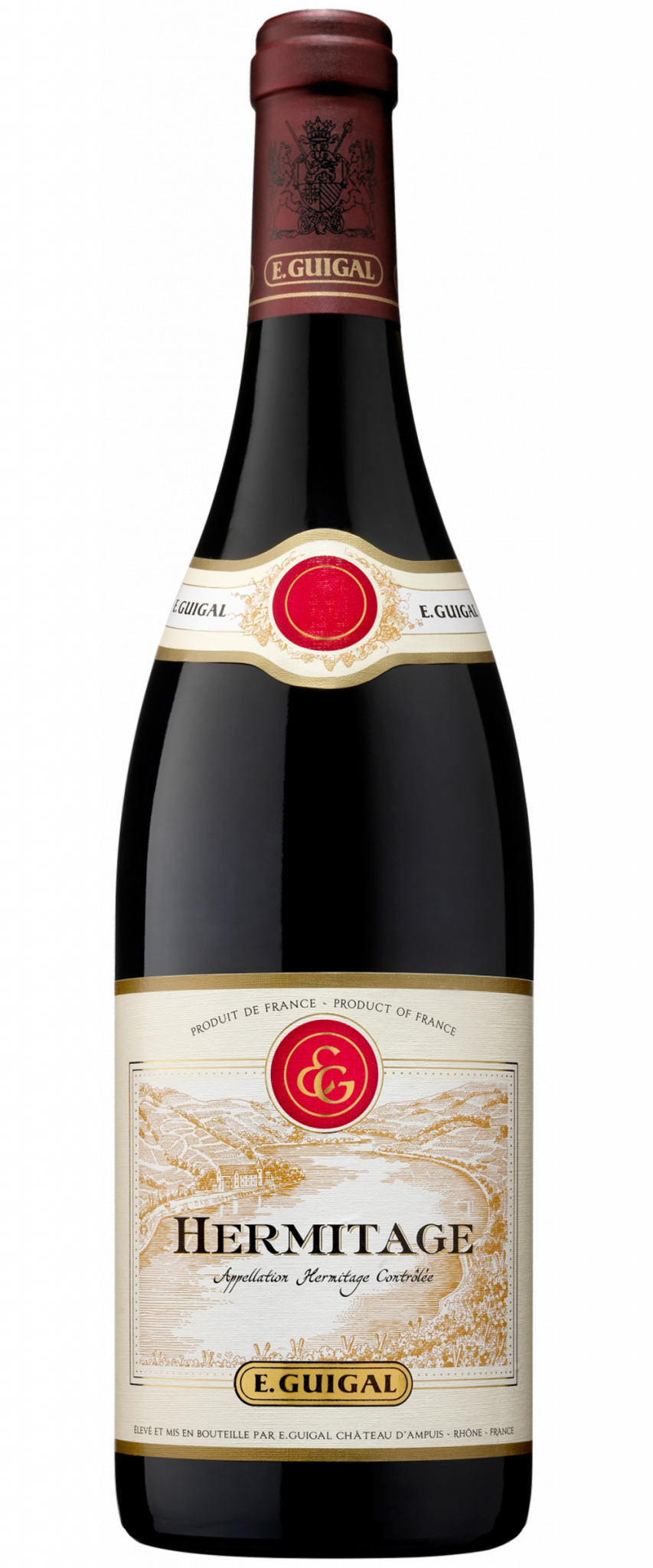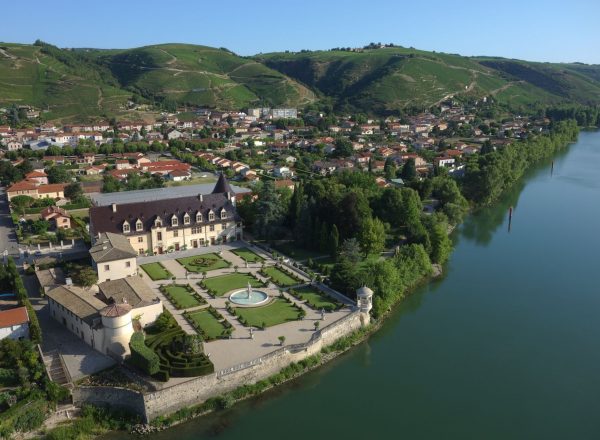
Array
(
[ID] => 1643
[id] => 1643
[title] => Chateau d'Ampuis Diagonal
[filename] => Chateau-dAmpuis-Diagonal-e1533673186586.jpg
[filesize] => 277178
[url] => https://vintus.com/wp-content/uploads/2018/07/Chateau-dAmpuis-Diagonal-e1533673186586.jpg
[link] => https://vintus.com/producers/e-guigal-2/chateau-dampuis-diagonal/
[alt] =>
[author] => 6
[description] =>
[caption] => Chateau d'Ampuis with the hills of Cote-Rotie behind
[name] => chateau-dampuis-diagonal
[status] => inherit
[uploaded_to] => 239
[date] => 2018-08-07 20:19:22
[modified] => 2018-08-08 17:15:17
[menu_order] => 0
[mime_type] => image/jpeg
[type] => image
[subtype] => jpeg
[icon] => https://vintus.com/wp-includes/images/media/default.png
[width] => 1600
[height] => 1066
[sizes] => Array
(
[thumbnail] => https://vintus.com/wp-content/uploads/2018/07/Chateau-dAmpuis-Diagonal-600x440.jpg
[thumbnail-width] => 600
[thumbnail-height] => 440
[medium] => https://vintus.com/wp-content/uploads/2018/07/Chateau-dAmpuis-Diagonal-300x200.jpg
[medium-width] => 300
[medium-height] => 200
[medium_large] => https://vintus.com/wp-content/uploads/2018/07/Chateau-dAmpuis-Diagonal-768x512.jpg
[medium_large-width] => 768
[medium_large-height] => 512
[large] => https://vintus.com/wp-content/uploads/2018/07/Chateau-dAmpuis-Diagonal-1024x683.jpg
[large-width] => 1024
[large-height] => 683
[1536x1536] => https://vintus.com/wp-content/uploads/2018/07/Chateau-dAmpuis-Diagonal-e1533673186586.jpg
[1536x1536-width] => 1536
[1536x1536-height] => 1023
[2048x2048] => https://vintus.com/wp-content/uploads/2018/07/Chateau-dAmpuis-Diagonal-e1533673186586.jpg
[2048x2048-width] => 1600
[2048x2048-height] => 1066
[list_thumb] => https://vintus.com/wp-content/uploads/2018/07/Chateau-dAmpuis-Diagonal-600x400.jpg
[list_thumb-width] => 600
[list_thumb-height] => 400
[gform-image-choice-sm] => https://vintus.com/wp-content/uploads/2018/07/Chateau-dAmpuis-Diagonal-e1533673186586.jpg
[gform-image-choice-sm-width] => 300
[gform-image-choice-sm-height] => 200
[gform-image-choice-md] => https://vintus.com/wp-content/uploads/2018/07/Chateau-dAmpuis-Diagonal-e1533673186586.jpg
[gform-image-choice-md-width] => 400
[gform-image-choice-md-height] => 267
[gform-image-choice-lg] => https://vintus.com/wp-content/uploads/2018/07/Chateau-dAmpuis-Diagonal-e1533673186586.jpg
[gform-image-choice-lg-width] => 600
[gform-image-choice-lg-height] => 400
)
)
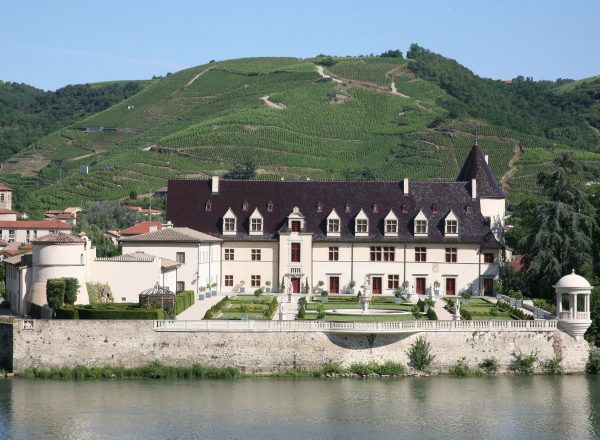
Array
(
[ID] => 1644
[id] => 1644
[title] => Guigal Chateau d'Ampuis
[filename] => Chateau-dAmpuis-New-e1533673181979.jpg
[filesize] => 374066
[url] => https://vintus.com/wp-content/uploads/2018/07/Chateau-dAmpuis-New-e1533673181979.jpg
[link] => https://vintus.com/producers/e-guigal-2/chateau-dampuis-new/
[alt] =>
[author] => 6
[description] =>
[caption] => Chateau d'Ampuis
[name] => chateau-dampuis-new
[status] => inherit
[uploaded_to] => 239
[date] => 2018-08-07 20:19:27
[modified] => 2018-12-14 20:03:48
[menu_order] => 0
[mime_type] => image/jpeg
[type] => image
[subtype] => jpeg
[icon] => https://vintus.com/wp-includes/images/media/default.png
[width] => 1600
[height] => 1066
[sizes] => Array
(
[thumbnail] => https://vintus.com/wp-content/uploads/2018/07/Chateau-dAmpuis-New-600x440.jpg
[thumbnail-width] => 600
[thumbnail-height] => 440
[medium] => https://vintus.com/wp-content/uploads/2018/07/Chateau-dAmpuis-New-300x200.jpg
[medium-width] => 300
[medium-height] => 200
[medium_large] => https://vintus.com/wp-content/uploads/2018/07/Chateau-dAmpuis-New-768x512.jpg
[medium_large-width] => 768
[medium_large-height] => 512
[large] => https://vintus.com/wp-content/uploads/2018/07/Chateau-dAmpuis-New-1024x683.jpg
[large-width] => 1024
[large-height] => 683
[1536x1536] => https://vintus.com/wp-content/uploads/2018/07/Chateau-dAmpuis-New-e1533673181979.jpg
[1536x1536-width] => 1536
[1536x1536-height] => 1023
[2048x2048] => https://vintus.com/wp-content/uploads/2018/07/Chateau-dAmpuis-New-e1533673181979.jpg
[2048x2048-width] => 1600
[2048x2048-height] => 1066
[list_thumb] => https://vintus.com/wp-content/uploads/2018/07/Chateau-dAmpuis-New-600x400.jpg
[list_thumb-width] => 600
[list_thumb-height] => 400
[gform-image-choice-sm] => https://vintus.com/wp-content/uploads/2018/07/Chateau-dAmpuis-New-e1533673181979.jpg
[gform-image-choice-sm-width] => 300
[gform-image-choice-sm-height] => 200
[gform-image-choice-md] => https://vintus.com/wp-content/uploads/2018/07/Chateau-dAmpuis-New-e1533673181979.jpg
[gform-image-choice-md-width] => 400
[gform-image-choice-md-height] => 267
[gform-image-choice-lg] => https://vintus.com/wp-content/uploads/2018/07/Chateau-dAmpuis-New-e1533673181979.jpg
[gform-image-choice-lg-width] => 600
[gform-image-choice-lg-height] => 400
)
)
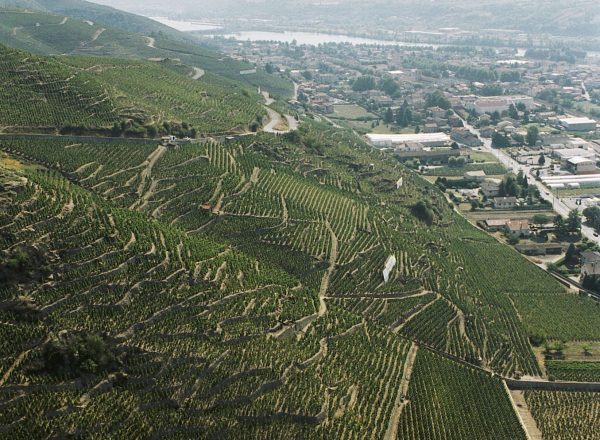
Array
(
[ID] => 2528
[id] => 2528
[title] => Guigal Le Clos
[filename] => Le-Clos-19.jpeg
[filesize] => 590816
[url] => https://vintus.com/wp-content/uploads/2018/08/Le-Clos-19.jpeg
[link] => https://vintus.com/wines/cote-rotie-chateau-dampuis/le-clos-19/
[alt] =>
[author] => 6
[description] =>
[caption] => Le Clos
[name] => le-clos-19
[status] => inherit
[uploaded_to] => 674
[date] => 2018-08-09 15:06:33
[modified] => 2018-08-09 15:07:03
[menu_order] => 0
[mime_type] => image/jpeg
[type] => image
[subtype] => jpeg
[icon] => https://vintus.com/wp-includes/images/media/default.png
[width] => 1355
[height] => 2048
[sizes] => Array
(
[thumbnail] => https://vintus.com/wp-content/uploads/2018/08/Le-Clos-19-600x440.jpeg
[thumbnail-width] => 600
[thumbnail-height] => 440
[medium] => https://vintus.com/wp-content/uploads/2018/08/Le-Clos-19-198x300.jpeg
[medium-width] => 198
[medium-height] => 300
[medium_large] => https://vintus.com/wp-content/uploads/2018/08/Le-Clos-19-768x1161.jpeg
[medium_large-width] => 768
[medium_large-height] => 1161
[large] => https://vintus.com/wp-content/uploads/2018/08/Le-Clos-19-678x1024.jpeg
[large-width] => 678
[large-height] => 1024
[1536x1536] => https://vintus.com/wp-content/uploads/2018/08/Le-Clos-19.jpeg
[1536x1536-width] => 1016
[1536x1536-height] => 1536
[2048x2048] => https://vintus.com/wp-content/uploads/2018/08/Le-Clos-19.jpeg
[2048x2048-width] => 1355
[2048x2048-height] => 2048
[list_thumb] => https://vintus.com/wp-content/uploads/2018/08/Le-Clos-19-265x400.jpeg
[list_thumb-width] => 265
[list_thumb-height] => 400
[gform-image-choice-sm] => https://vintus.com/wp-content/uploads/2018/08/Le-Clos-19.jpeg
[gform-image-choice-sm-width] => 198
[gform-image-choice-sm-height] => 300
[gform-image-choice-md] => https://vintus.com/wp-content/uploads/2018/08/Le-Clos-19.jpeg
[gform-image-choice-md-width] => 265
[gform-image-choice-md-height] => 400
[gform-image-choice-lg] => https://vintus.com/wp-content/uploads/2018/08/Le-Clos-19.jpeg
[gform-image-choice-lg-width] => 397
[gform-image-choice-lg-height] => 600
)
)
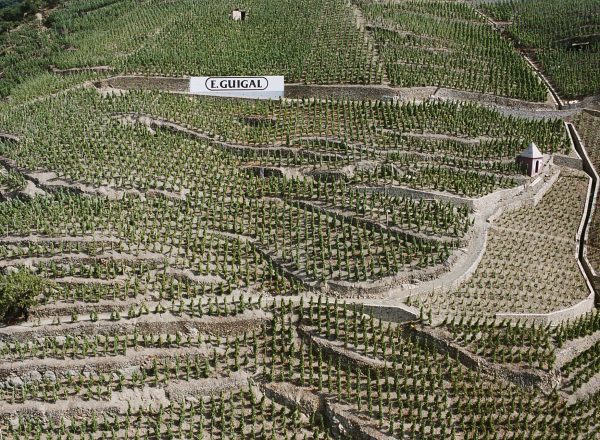
Array
(
[ID] => 2527
[id] => 2527
[title] => Guigal Le Pavillon Rouge
[filename] => Le-Pavillon-rouge.jpeg
[filesize] => 976810
[url] => https://vintus.com/wp-content/uploads/2018/08/Le-Pavillon-rouge.jpeg
[link] => https://vintus.com/wines/cote-rotie-chateau-dampuis/le-pavillon-rouge/
[alt] =>
[author] => 6
[description] =>
[caption] => Le Pavillon Rouge
[name] => le-pavillon-rouge
[status] => inherit
[uploaded_to] => 674
[date] => 2018-08-09 15:06:16
[modified] => 2018-08-09 15:06:54
[menu_order] => 0
[mime_type] => image/jpeg
[type] => image
[subtype] => jpeg
[icon] => https://vintus.com/wp-includes/images/media/default.png
[width] => 2048
[height] => 1355
[sizes] => Array
(
[thumbnail] => https://vintus.com/wp-content/uploads/2018/08/Le-Pavillon-rouge-600x440.jpeg
[thumbnail-width] => 600
[thumbnail-height] => 440
[medium] => https://vintus.com/wp-content/uploads/2018/08/Le-Pavillon-rouge-300x198.jpeg
[medium-width] => 300
[medium-height] => 198
[medium_large] => https://vintus.com/wp-content/uploads/2018/08/Le-Pavillon-rouge-768x508.jpeg
[medium_large-width] => 768
[medium_large-height] => 508
[large] => https://vintus.com/wp-content/uploads/2018/08/Le-Pavillon-rouge-1024x678.jpeg
[large-width] => 1024
[large-height] => 678
[1536x1536] => https://vintus.com/wp-content/uploads/2018/08/Le-Pavillon-rouge.jpeg
[1536x1536-width] => 1536
[1536x1536-height] => 1016
[2048x2048] => https://vintus.com/wp-content/uploads/2018/08/Le-Pavillon-rouge.jpeg
[2048x2048-width] => 2048
[2048x2048-height] => 1355
[list_thumb] => https://vintus.com/wp-content/uploads/2018/08/Le-Pavillon-rouge-600x397.jpeg
[list_thumb-width] => 600
[list_thumb-height] => 397
[gform-image-choice-sm] => https://vintus.com/wp-content/uploads/2018/08/Le-Pavillon-rouge.jpeg
[gform-image-choice-sm-width] => 300
[gform-image-choice-sm-height] => 198
[gform-image-choice-md] => https://vintus.com/wp-content/uploads/2018/08/Le-Pavillon-rouge.jpeg
[gform-image-choice-md-width] => 400
[gform-image-choice-md-height] => 265
[gform-image-choice-lg] => https://vintus.com/wp-content/uploads/2018/08/Le-Pavillon-rouge.jpeg
[gform-image-choice-lg-width] => 600
[gform-image-choice-lg-height] => 397
)
)
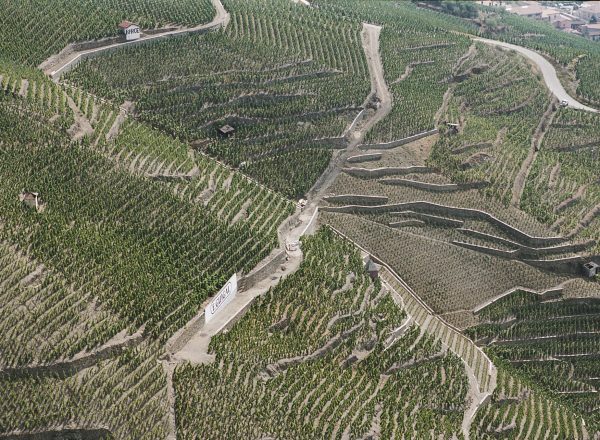
Array
(
[ID] => 2524
[id] => 2524
[title] => Guigal Le Moulin
[filename] => Le-Moulin.jpeg
[filesize] => 873348
[url] => https://vintus.com/wp-content/uploads/2018/08/Le-Moulin.jpeg
[link] => https://vintus.com/wines/cote-rotie-chateau-dampuis/le-moulin/
[alt] =>
[author] => 6
[description] =>
[caption] => Le Moulin
[name] => le-moulin
[status] => inherit
[uploaded_to] => 674
[date] => 2018-08-09 15:05:30
[modified] => 2018-08-09 15:06:14
[menu_order] => 0
[mime_type] => image/jpeg
[type] => image
[subtype] => jpeg
[icon] => https://vintus.com/wp-includes/images/media/default.png
[width] => 2048
[height] => 1355
[sizes] => Array
(
[thumbnail] => https://vintus.com/wp-content/uploads/2018/08/Le-Moulin-600x440.jpeg
[thumbnail-width] => 600
[thumbnail-height] => 440
[medium] => https://vintus.com/wp-content/uploads/2018/08/Le-Moulin-300x198.jpeg
[medium-width] => 300
[medium-height] => 198
[medium_large] => https://vintus.com/wp-content/uploads/2018/08/Le-Moulin-768x508.jpeg
[medium_large-width] => 768
[medium_large-height] => 508
[large] => https://vintus.com/wp-content/uploads/2018/08/Le-Moulin-1024x678.jpeg
[large-width] => 1024
[large-height] => 678
[1536x1536] => https://vintus.com/wp-content/uploads/2018/08/Le-Moulin.jpeg
[1536x1536-width] => 1536
[1536x1536-height] => 1016
[2048x2048] => https://vintus.com/wp-content/uploads/2018/08/Le-Moulin.jpeg
[2048x2048-width] => 2048
[2048x2048-height] => 1355
[list_thumb] => https://vintus.com/wp-content/uploads/2018/08/Le-Moulin-600x397.jpeg
[list_thumb-width] => 600
[list_thumb-height] => 397
[gform-image-choice-sm] => https://vintus.com/wp-content/uploads/2018/08/Le-Moulin.jpeg
[gform-image-choice-sm-width] => 300
[gform-image-choice-sm-height] => 198
[gform-image-choice-md] => https://vintus.com/wp-content/uploads/2018/08/Le-Moulin.jpeg
[gform-image-choice-md-width] => 400
[gform-image-choice-md-height] => 265
[gform-image-choice-lg] => https://vintus.com/wp-content/uploads/2018/08/Le-Moulin.jpeg
[gform-image-choice-lg-width] => 600
[gform-image-choice-lg-height] => 397
)
)
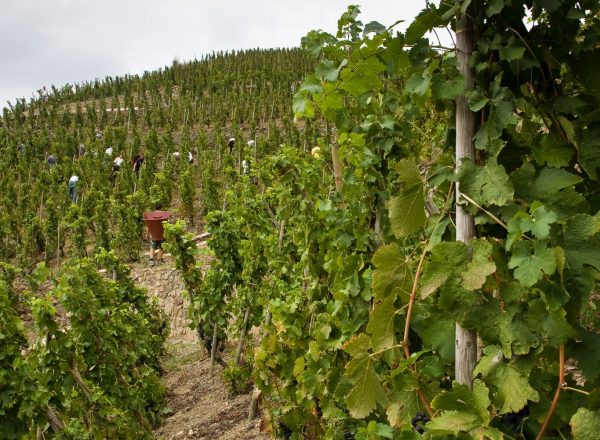
Array
(
[ID] => 2523
[id] => 2523
[title] => Guigal La Pommiere
[filename] => La-Pommiere-3-copier.jpeg
[filesize] => 682112
[url] => https://vintus.com/wp-content/uploads/2018/08/La-Pommiere-3-copier.jpeg
[link] => https://vintus.com/wines/cote-rotie-chateau-dampuis/la-pommiere-3-copier/
[alt] =>
[author] => 6
[description] =>
[caption] => La Pommiere
[name] => la-pommiere-3-copier
[status] => inherit
[uploaded_to] => 674
[date] => 2018-08-09 15:05:14
[modified] => 2020-11-23 20:16:24
[menu_order] => 0
[mime_type] => image/jpeg
[type] => image
[subtype] => jpeg
[icon] => https://vintus.com/wp-includes/images/media/default.png
[width] => 1365
[height] => 2048
[sizes] => Array
(
[thumbnail] => https://vintus.com/wp-content/uploads/2018/08/La-Pommiere-3-copier-600x440.jpeg
[thumbnail-width] => 600
[thumbnail-height] => 440
[medium] => https://vintus.com/wp-content/uploads/2018/08/La-Pommiere-3-copier-200x300.jpeg
[medium-width] => 200
[medium-height] => 300
[medium_large] => https://vintus.com/wp-content/uploads/2018/08/La-Pommiere-3-copier-768x1152.jpeg
[medium_large-width] => 768
[medium_large-height] => 1152
[large] => https://vintus.com/wp-content/uploads/2018/08/La-Pommiere-3-copier-683x1024.jpeg
[large-width] => 683
[large-height] => 1024
[1536x1536] => https://vintus.com/wp-content/uploads/2018/08/La-Pommiere-3-copier.jpeg
[1536x1536-width] => 1024
[1536x1536-height] => 1536
[2048x2048] => https://vintus.com/wp-content/uploads/2018/08/La-Pommiere-3-copier.jpeg
[2048x2048-width] => 1365
[2048x2048-height] => 2048
[list_thumb] => https://vintus.com/wp-content/uploads/2018/08/La-Pommiere-3-copier-267x400.jpeg
[list_thumb-width] => 267
[list_thumb-height] => 400
[gform-image-choice-sm] => https://vintus.com/wp-content/uploads/2018/08/La-Pommiere-3-copier.jpeg
[gform-image-choice-sm-width] => 200
[gform-image-choice-sm-height] => 300
[gform-image-choice-md] => https://vintus.com/wp-content/uploads/2018/08/La-Pommiere-3-copier.jpeg
[gform-image-choice-md-width] => 267
[gform-image-choice-md-height] => 400
[gform-image-choice-lg] => https://vintus.com/wp-content/uploads/2018/08/La-Pommiere-3-copier.jpeg
[gform-image-choice-lg-width] => 400
[gform-image-choice-lg-height] => 600
)
)

Array
(
[ID] => 2522
[id] => 2522
[title] => Guigal La Grande Plantee
[filename] => La-Grande-Plantee.jpeg
[filesize] => 925513
[url] => https://vintus.com/wp-content/uploads/2018/08/La-Grande-Plantee.jpeg
[link] => https://vintus.com/wines/cote-rotie-chateau-dampuis/la-grande-plantee/
[alt] =>
[author] => 6
[description] =>
[caption] => La Grande Plantee
[name] => la-grande-plantee
[status] => inherit
[uploaded_to] => 674
[date] => 2018-08-09 15:04:58
[modified] => 2025-12-08 21:26:35
[menu_order] => 0
[mime_type] => image/jpeg
[type] => image
[subtype] => jpeg
[icon] => https://vintus.com/wp-includes/images/media/default.png
[width] => 2048
[height] => 1355
[sizes] => Array
(
[thumbnail] => https://vintus.com/wp-content/uploads/2018/08/La-Grande-Plantee-600x440.jpeg
[thumbnail-width] => 600
[thumbnail-height] => 440
[medium] => https://vintus.com/wp-content/uploads/2018/08/La-Grande-Plantee-300x198.jpeg
[medium-width] => 300
[medium-height] => 198
[medium_large] => https://vintus.com/wp-content/uploads/2018/08/La-Grande-Plantee-768x508.jpeg
[medium_large-width] => 768
[medium_large-height] => 508
[large] => https://vintus.com/wp-content/uploads/2018/08/La-Grande-Plantee-1024x678.jpeg
[large-width] => 1024
[large-height] => 678
[1536x1536] => https://vintus.com/wp-content/uploads/2018/08/La-Grande-Plantee.jpeg
[1536x1536-width] => 1536
[1536x1536-height] => 1016
[2048x2048] => https://vintus.com/wp-content/uploads/2018/08/La-Grande-Plantee.jpeg
[2048x2048-width] => 2048
[2048x2048-height] => 1355
[list_thumb] => https://vintus.com/wp-content/uploads/2018/08/La-Grande-Plantee-600x397.jpeg
[list_thumb-width] => 600
[list_thumb-height] => 397
[gform-image-choice-sm] => https://vintus.com/wp-content/uploads/2018/08/La-Grande-Plantee.jpeg
[gform-image-choice-sm-width] => 300
[gform-image-choice-sm-height] => 198
[gform-image-choice-md] => https://vintus.com/wp-content/uploads/2018/08/La-Grande-Plantee.jpeg
[gform-image-choice-md-width] => 400
[gform-image-choice-md-height] => 265
[gform-image-choice-lg] => https://vintus.com/wp-content/uploads/2018/08/La-Grande-Plantee.jpeg
[gform-image-choice-lg-width] => 600
[gform-image-choice-lg-height] => 397
)
)
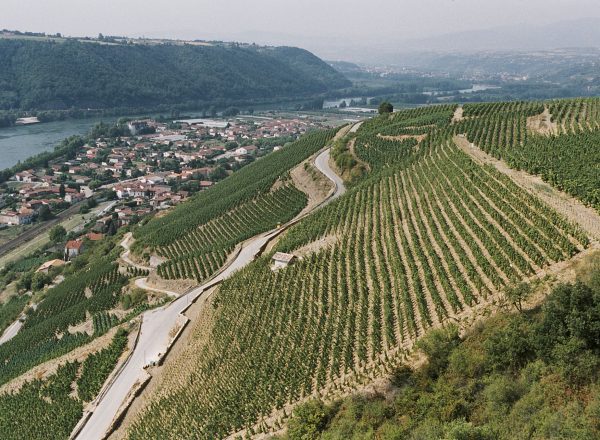
Array
(
[ID] => 2505
[id] => 2505
[title] => Guigal La Viria
[filename] => Guigal-La-Viria.jpeg
[filesize] => 723413
[url] => https://vintus.com/wp-content/uploads/2018/08/Guigal-La-Viria.jpeg
[link] => https://vintus.com/wines/cote-rotie-chateau-dampuis/guigal-la-viria/
[alt] =>
[author] => 6
[description] =>
[caption] => The 7th and final vineyard that was added to Chateau d'Ampuis
[name] => guigal-la-viria
[status] => inherit
[uploaded_to] => 674
[date] => 2018-08-09 14:56:22
[modified] => 2018-12-27 19:11:11
[menu_order] => 0
[mime_type] => image/jpeg
[type] => image
[subtype] => jpeg
[icon] => https://vintus.com/wp-includes/images/media/default.png
[width] => 2048
[height] => 1355
[sizes] => Array
(
[thumbnail] => https://vintus.com/wp-content/uploads/2018/08/Guigal-La-Viria-600x440.jpeg
[thumbnail-width] => 600
[thumbnail-height] => 440
[medium] => https://vintus.com/wp-content/uploads/2018/08/Guigal-La-Viria-300x198.jpeg
[medium-width] => 300
[medium-height] => 198
[medium_large] => https://vintus.com/wp-content/uploads/2018/08/Guigal-La-Viria-768x508.jpeg
[medium_large-width] => 768
[medium_large-height] => 508
[large] => https://vintus.com/wp-content/uploads/2018/08/Guigal-La-Viria-1024x678.jpeg
[large-width] => 1024
[large-height] => 678
[1536x1536] => https://vintus.com/wp-content/uploads/2018/08/Guigal-La-Viria.jpeg
[1536x1536-width] => 1536
[1536x1536-height] => 1016
[2048x2048] => https://vintus.com/wp-content/uploads/2018/08/Guigal-La-Viria.jpeg
[2048x2048-width] => 2048
[2048x2048-height] => 1355
[list_thumb] => https://vintus.com/wp-content/uploads/2018/08/Guigal-La-Viria-600x397.jpeg
[list_thumb-width] => 600
[list_thumb-height] => 397
[gform-image-choice-sm] => https://vintus.com/wp-content/uploads/2018/08/Guigal-La-Viria.jpeg
[gform-image-choice-sm-width] => 300
[gform-image-choice-sm-height] => 198
[gform-image-choice-md] => https://vintus.com/wp-content/uploads/2018/08/Guigal-La-Viria.jpeg
[gform-image-choice-md-width] => 400
[gform-image-choice-md-height] => 265
[gform-image-choice-lg] => https://vintus.com/wp-content/uploads/2018/08/Guigal-La-Viria.jpeg
[gform-image-choice-lg-width] => 600
[gform-image-choice-lg-height] => 397
)
)
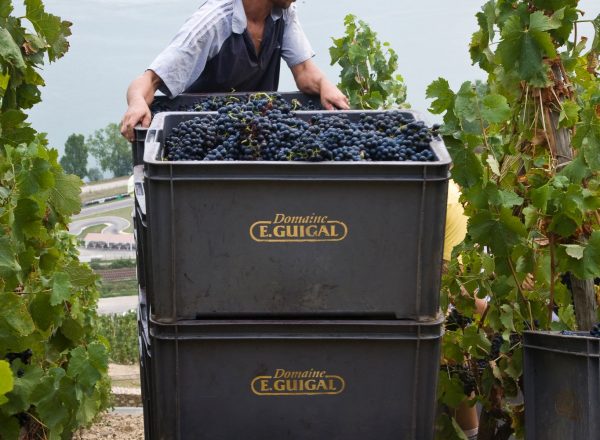
Array
(
[ID] => 2519
[id] => 2519
[title] => Guigal La Viria 2
[filename] => Guigal-La-Viria-2.jpeg
[filesize] => 508883
[url] => https://vintus.com/wp-content/uploads/2018/08/Guigal-La-Viria-2.jpeg
[link] => https://vintus.com/wines/cote-rotie-chateau-dampuis/guigal-la-viria-2/
[alt] =>
[author] => 6
[description] =>
[caption] =>
[name] => guigal-la-viria-2
[status] => inherit
[uploaded_to] => 674
[date] => 2018-08-09 15:01:32
[modified] => 2019-09-24 15:53:53
[menu_order] => 0
[mime_type] => image/jpeg
[type] => image
[subtype] => jpeg
[icon] => https://vintus.com/wp-includes/images/media/default.png
[width] => 1365
[height] => 2048
[sizes] => Array
(
[thumbnail] => https://vintus.com/wp-content/uploads/2018/08/Guigal-La-Viria-2-600x440.jpeg
[thumbnail-width] => 600
[thumbnail-height] => 440
[medium] => https://vintus.com/wp-content/uploads/2018/08/Guigal-La-Viria-2-200x300.jpeg
[medium-width] => 200
[medium-height] => 300
[medium_large] => https://vintus.com/wp-content/uploads/2018/08/Guigal-La-Viria-2-768x1152.jpeg
[medium_large-width] => 768
[medium_large-height] => 1152
[large] => https://vintus.com/wp-content/uploads/2018/08/Guigal-La-Viria-2-683x1024.jpeg
[large-width] => 683
[large-height] => 1024
[1536x1536] => https://vintus.com/wp-content/uploads/2018/08/Guigal-La-Viria-2.jpeg
[1536x1536-width] => 1024
[1536x1536-height] => 1536
[2048x2048] => https://vintus.com/wp-content/uploads/2018/08/Guigal-La-Viria-2.jpeg
[2048x2048-width] => 1365
[2048x2048-height] => 2048
[list_thumb] => https://vintus.com/wp-content/uploads/2018/08/Guigal-La-Viria-2-267x400.jpeg
[list_thumb-width] => 267
[list_thumb-height] => 400
[gform-image-choice-sm] => https://vintus.com/wp-content/uploads/2018/08/Guigal-La-Viria-2.jpeg
[gform-image-choice-sm-width] => 200
[gform-image-choice-sm-height] => 300
[gform-image-choice-md] => https://vintus.com/wp-content/uploads/2018/08/Guigal-La-Viria-2.jpeg
[gform-image-choice-md-width] => 267
[gform-image-choice-md-height] => 400
[gform-image-choice-lg] => https://vintus.com/wp-content/uploads/2018/08/Guigal-La-Viria-2.jpeg
[gform-image-choice-lg-width] => 400
[gform-image-choice-lg-height] => 600
)
)
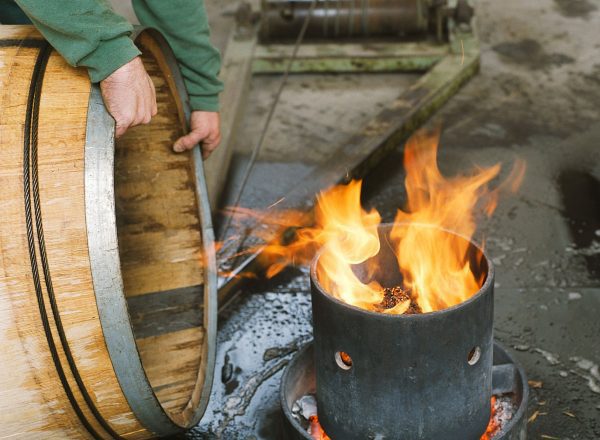
Array
(
[ID] => 1669
[id] => 1669
[title] => Guigal Tonnellerie
[filename] => Tonnellerie-20-e1533673371675.jpeg
[filesize] => 414303
[url] => https://vintus.com/wp-content/uploads/2018/07/Tonnellerie-20-e1533673371675.jpeg
[link] => https://vintus.com/producers/e-guigal-2/tonnellerie-20/
[alt] =>
[author] => 6
[description] =>
[caption] => The artisan who makes 5 barrels a day
[name] => tonnellerie-20
[status] => inherit
[uploaded_to] => 239
[date] => 2018-08-07 20:21:59
[modified] => 2025-12-08 21:20:59
[menu_order] => 0
[mime_type] => image/jpeg
[type] => image
[subtype] => jpeg
[icon] => https://vintus.com/wp-includes/images/media/default.png
[width] => 1600
[height] => 2015
[sizes] => Array
(
[thumbnail] => https://vintus.com/wp-content/uploads/2018/07/Tonnellerie-20-600x440.jpeg
[thumbnail-width] => 600
[thumbnail-height] => 440
[medium] => https://vintus.com/wp-content/uploads/2018/07/Tonnellerie-20-238x300.jpeg
[medium-width] => 238
[medium-height] => 300
[medium_large] => https://vintus.com/wp-content/uploads/2018/07/Tonnellerie-20-768x967.jpeg
[medium_large-width] => 768
[medium_large-height] => 967
[large] => https://vintus.com/wp-content/uploads/2018/07/Tonnellerie-20-813x1024.jpeg
[large-width] => 813
[large-height] => 1024
[1536x1536] => https://vintus.com/wp-content/uploads/2018/07/Tonnellerie-20-e1533673371675.jpeg
[1536x1536-width] => 1220
[1536x1536-height] => 1536
[2048x2048] => https://vintus.com/wp-content/uploads/2018/07/Tonnellerie-20-e1533673371675.jpeg
[2048x2048-width] => 1600
[2048x2048-height] => 2015
[list_thumb] => https://vintus.com/wp-content/uploads/2018/07/Tonnellerie-20-318x400.jpeg
[list_thumb-width] => 318
[list_thumb-height] => 400
[gform-image-choice-sm] => https://vintus.com/wp-content/uploads/2018/07/Tonnellerie-20-e1533673371675.jpeg
[gform-image-choice-sm-width] => 238
[gform-image-choice-sm-height] => 300
[gform-image-choice-md] => https://vintus.com/wp-content/uploads/2018/07/Tonnellerie-20-e1533673371675.jpeg
[gform-image-choice-md-width] => 318
[gform-image-choice-md-height] => 400
[gform-image-choice-lg] => https://vintus.com/wp-content/uploads/2018/07/Tonnellerie-20-e1533673371675.jpeg
[gform-image-choice-lg-width] => 476
[gform-image-choice-lg-height] => 600
)
)
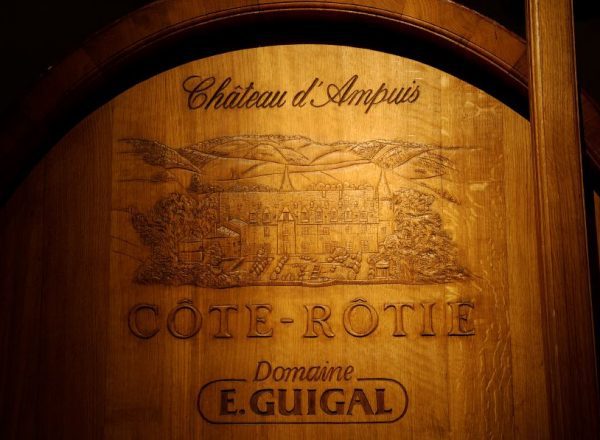
Array
(
[ID] => 1665
[id] => 1665
[title] => Guigal 11
[filename] => Guigal-11.jpeg
[filesize] => 88805
[url] => https://vintus.com/wp-content/uploads/2018/07/Guigal-11.jpeg
[link] => https://vintus.com/producers/e-guigal-2/guigal-11/
[alt] =>
[author] => 6
[description] =>
[caption] =>
[name] => guigal-11
[status] => inherit
[uploaded_to] => 239
[date] => 2018-08-07 20:21:55
[modified] => 2018-08-09 15:14:35
[menu_order] => 0
[mime_type] => image/jpeg
[type] => image
[subtype] => jpeg
[icon] => https://vintus.com/wp-includes/images/media/default.png
[width] => 900
[height] => 597
[sizes] => Array
(
[thumbnail] => https://vintus.com/wp-content/uploads/2018/07/Guigal-11-600x440.jpeg
[thumbnail-width] => 600
[thumbnail-height] => 440
[medium] => https://vintus.com/wp-content/uploads/2018/07/Guigal-11-300x199.jpeg
[medium-width] => 300
[medium-height] => 199
[medium_large] => https://vintus.com/wp-content/uploads/2018/07/Guigal-11-768x509.jpeg
[medium_large-width] => 768
[medium_large-height] => 509
[large] => https://vintus.com/wp-content/uploads/2018/07/Guigal-11.jpeg
[large-width] => 900
[large-height] => 597
[1536x1536] => https://vintus.com/wp-content/uploads/2018/07/Guigal-11.jpeg
[1536x1536-width] => 900
[1536x1536-height] => 597
[2048x2048] => https://vintus.com/wp-content/uploads/2018/07/Guigal-11.jpeg
[2048x2048-width] => 900
[2048x2048-height] => 597
[list_thumb] => https://vintus.com/wp-content/uploads/2018/07/Guigal-11-600x398.jpeg
[list_thumb-width] => 600
[list_thumb-height] => 398
[gform-image-choice-sm] => https://vintus.com/wp-content/uploads/2018/07/Guigal-11.jpeg
[gform-image-choice-sm-width] => 300
[gform-image-choice-sm-height] => 199
[gform-image-choice-md] => https://vintus.com/wp-content/uploads/2018/07/Guigal-11.jpeg
[gform-image-choice-md-width] => 400
[gform-image-choice-md-height] => 265
[gform-image-choice-lg] => https://vintus.com/wp-content/uploads/2018/07/Guigal-11.jpeg
[gform-image-choice-lg-width] => 600
[gform-image-choice-lg-height] => 398
)
)
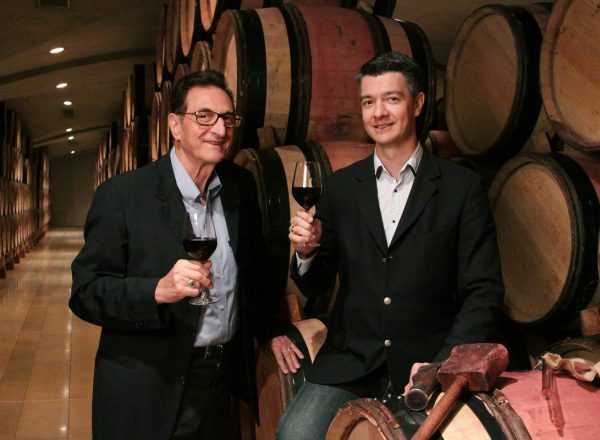
Array
(
[ID] => 376
[id] => 376
[title] => Guigal Philippe and Marcel
[filename] => IMG_2432-e1532472202558.jpg
[filesize] => 140946
[url] => https://vintus.com/wp-content/uploads/2018/07/IMG_2432-e1532472202558.jpg
[link] => https://vintus.com/wines/cote-rotie-chateau-dampuis/cote-rotie-chateau-dampuis-2011/img_2432/
[alt] =>
[author] => 6
[description] =>
[caption] => Marcel and Philippe Guigal
[name] => img_2432
[status] => inherit
[uploaded_to] => 2545
[date] => 2018-07-24 22:43:14
[modified] => 2025-12-08 21:24:55
[menu_order] => 0
[mime_type] => image/jpeg
[type] => image
[subtype] => jpeg
[icon] => https://vintus.com/wp-includes/images/media/default.png
[width] => 1200
[height] => 800
[sizes] => Array
(
[thumbnail] => https://vintus.com/wp-content/uploads/2018/07/IMG_2432-e1532472202558-600x440.jpg
[thumbnail-width] => 600
[thumbnail-height] => 440
[medium] => https://vintus.com/wp-content/uploads/2018/07/IMG_2432-e1532472202558-300x200.jpg
[medium-width] => 300
[medium-height] => 200
[medium_large] => https://vintus.com/wp-content/uploads/2018/07/IMG_2432-e1532472202558-768x512.jpg
[medium_large-width] => 768
[medium_large-height] => 512
[large] => https://vintus.com/wp-content/uploads/2018/07/IMG_2432-e1532472202558-1024x683.jpg
[large-width] => 1024
[large-height] => 683
[1536x1536] => https://vintus.com/wp-content/uploads/2018/07/IMG_2432-e1532472202558.jpg
[1536x1536-width] => 1200
[1536x1536-height] => 800
[2048x2048] => https://vintus.com/wp-content/uploads/2018/07/IMG_2432-e1532472202558.jpg
[2048x2048-width] => 1200
[2048x2048-height] => 800
[list_thumb] => https://vintus.com/wp-content/uploads/2018/07/IMG_2432-e1532472202558-600x400.jpg
[list_thumb-width] => 600
[list_thumb-height] => 400
[gform-image-choice-sm] => https://vintus.com/wp-content/uploads/2018/07/IMG_2432-e1532472202558.jpg
[gform-image-choice-sm-width] => 300
[gform-image-choice-sm-height] => 200
[gform-image-choice-md] => https://vintus.com/wp-content/uploads/2018/07/IMG_2432-e1532472202558.jpg
[gform-image-choice-md-width] => 400
[gform-image-choice-md-height] => 267
[gform-image-choice-lg] => https://vintus.com/wp-content/uploads/2018/07/IMG_2432-e1532472202558.jpg
[gform-image-choice-lg-width] => 600
[gform-image-choice-lg-height] => 400
)
)



